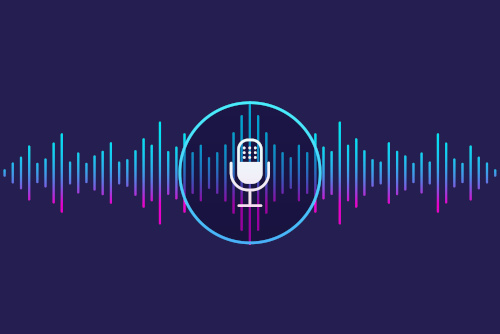For example, for younger students learning to read, hearing specific sounds and words is vital. While learning to read, students are hearing and learning definitions, pronunciations and more, often for the first time. Instructional audio ensures clear communication between those younger students and their teachers.
Instructional audio also increases collaboration and communication between older students and teachers. Whether students are in the back of the classroom or have a naturally quiet voice, instructional audio makes sure students are heard, encouraging authentic discussion and conversation in the classroom.
3. The Classroom Structure has Changed
Think about the changes that occurred within your classroom in the last five years. As an experienced audiologist who has worked with several schools, I have noticed that today’s classroom has shifted with less of a teacher standing at the front of a room lecturing to more collaborative, small-group instruction. While I believe this change benefits students, it also raises the needs for instructional audio solutions, as groups often work in different parts of a classroom or even in hallways. With instructional audio, a teacher can be working with one group of students, while listening to other groups around the room. Using instructional audio, the teacher not only can guide and reinforce and redirect when needed, they gain real-time insights into how students are learning.
Learning spaces without instructional audio rarely provide the adequate environment for intelligibility despite students spending an average of three-quarters of class time listening. Often, when groups of students are working in different corners of a room, it can be as hard for students to hear as it is for you in a crowded restaurant. There is too much ambient noise present for any student, even those with no hearing challenges, to not strain to clearly understand their teacher or each other. Inevitably, this leads to a loss in concentration, less effective instruction and can even ignite behavior problems.
After a long stint in Albuquerque Public Schools, I moved to the smaller Rio Rancho Public Schools in New Mexico. At Rio Rancho, we recognize the link between our use of Lightspeed’s instructional audio solutions and students’ academic gains. In fact, the MARRS Project showed that for K–6 students, there was a 43 percent reduction in special education referrals for students learning in amplified classrooms.
As an audiologist who has a passion for making education more accessible, I hope that not only more schools and districts see the benefit of instructional audio, but that more teachers use instructional audio to their advantage. I think by recognizing instructional audio’s evolving role and uses in the classroom, teachers will find more engaged students, less disruptive behavior and more energy for themselves at the end of each school day.
- Are substitutes the answer to the teacher shortage? - June 13, 2023
- Preparing for ransomware attacks begins with education - June 13, 2023
- How to use UDL-inspired technology to reengage students - June 12, 2023

